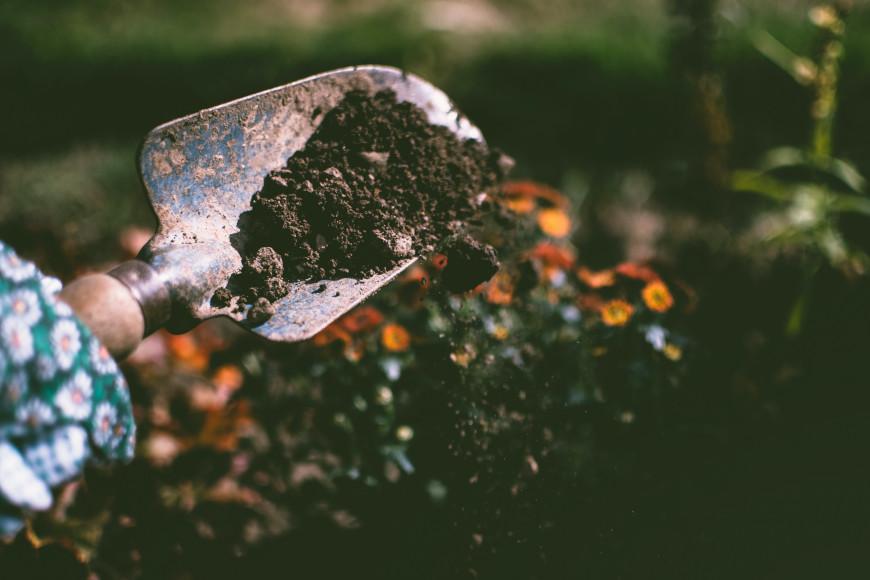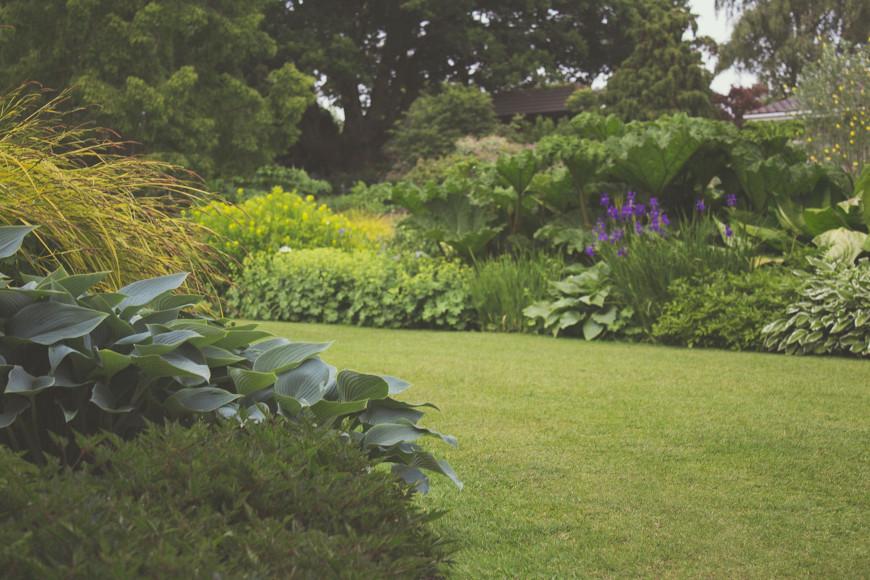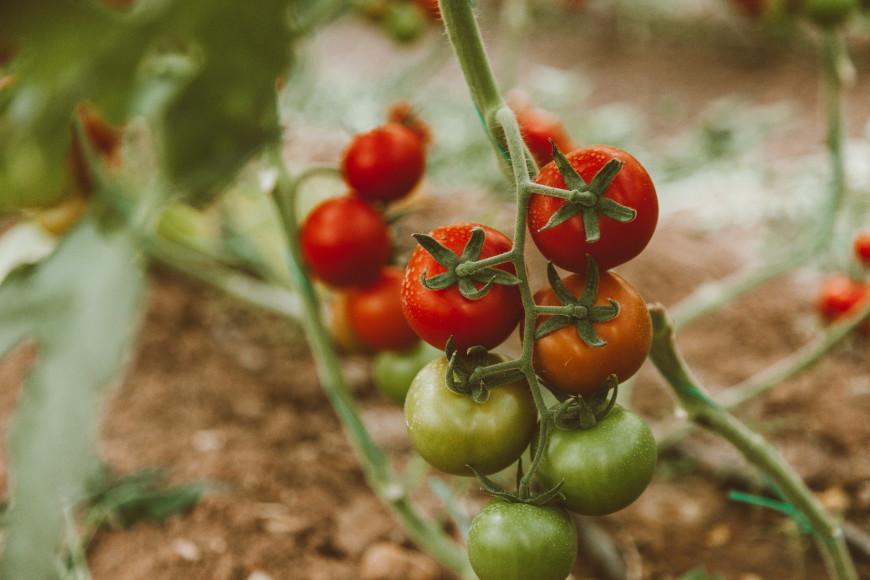
Managing wood stove or log burner ash doesn't have to be a hassle. With creativity and the right knowledge, this task can unlock environmentally conscious opportunities. Wood ash is a valuable asset for gardens, home cleaning, and crafts. In this guide, we'll show you how to turn ash into a sustainable resource, enriching your home and garden with practical tips and innovative recycling ideas.
When it comes to maintaining a wood stove or log burner, managing the leftover ash can often feel like a chore. However, with a bit of knowledge and creativity, this seemingly mundane task can transform into an opportunity for environmentally conscious innovation. Wood stove ash, far from being waste, is a versatile material that can enrich gardens, enhance home cleanliness, and even contribute to homemade crafts. In this comprehensive guide, we’ll delve into the myriad ways you can repurpose wood stove ash, providing answers to common questions and offering tips on how to integrate ash into your gardening and home maintenance routines effectively.
Table of Contents:
Absolutely! Wood stove ashes are a valuable resource, rich in minerals like calcium, potassium, and phosphorus. These nutrients make ash a beneficial additive for gardens, a natural pest repellent, and even a solution for icy walkways. They can also be used in the home, as a natural cleaning agent or even making lye for soap! The secret lies in understanding the right ways to utilise this resource to its fullest potential.
Garden Fertiliser: Wood stove ashes can be sprinkled sparingly over your garden beds. They act as a lime substitute, helping to neutralise acidic soils and enriching the soil with essential nutrients.
Natural Pest Deterrent: Use wood ash to create a barrier against slugs and snails without resorting to harsh chemicals. To maintain the benefits, simply top-up with dry ash when it gets wet.
Compost Boost: Adding log burner ash to your compost pile can enrich it with minerals. However, moderation is key, as too much ash can alter the compost’s pH balance.
Cleaning and Polishing: A paste made from wood burner ash and water serves as an effective, natural polish for silver, glass and dull metals. This can also be used to clean the glass of your log burner if needed!
De-icing Alternative: Scatter ash on slippery paths to help melt ice while providing grip, offering a pet- and plant-friendly alternative to salt.
Crafting Soap: Ash can be processed into lye, a key ingredient in traditional soap making. Soap from this process can be used for general cleaning and is a sustainable alternative to commercial soaps.
Odour Neutraliser: Store a small amount in a breathable container to absorb odours in rooms or fridges. Wood ash can also be spread in areas prone to unpleasant odours, such as rubbish bins or pet litter boxes!

Yes, maintaining a 1-inch bed of ash in your log burner can actually improve efficiency. This layer acts as insulation, allowing the wood to burn hotter and more efficiently. However, too much ash can hinder air circulation, so it’s important to maintain a balance.
The frequency depends on your usage, but a general guideline is to remove ash when it impedes airflow or exceeds a depth of a few inches. Regular users might find a weekly check necessary to maintain optimal burning conditions.
Certainly! Fireplace ashes can be a boon for gardeners, offering a source of lime and potassium. This makes them excellent for adjusting soil pH levels and providing nutrients that promote plant growth. However, use them judiciously, as too much ash can harm more delicate plants.

Plants that thrive in neutral to alkaline soil conditions benefit most from wood ash. This includes vegetables like tomatoes, peppers, and beans, as well as ornamental plants like roses and lilacs. Always test your soil first to ensure that it needs the pH adjustment wood ash provides.

Wood stove ash is far from waste; it’s a valuable resource for gardeners, homeowners, and eco-conscious individuals. By repurposing ash in the garden, as a cleaning agent, or in crafting, we not only utilise a natural byproduct efficiently but also take a step towards more sustainable living practices. So, the next time you clean out your wood stove or fireplace, remember that you’re not just dealing with residue—you’re handling a versatile material ripe for recycling in innovative and environmentally friendly ways.
Burning wood for heat has many benefits beyond the innovative uses of wood burner ash. You can browse our wide range of Ecodesign log burners online, or speak to your expert local retailer, who can show you around all the features of our log burners in their showroom and answer any questions you may have.
Sign up to our newsletter and receive the latest news and updates, including product launches, offers and promotions, exclusive giveaways and competitions, as well as seasonal tips and advice.
Subscribe Now!
Leave a Reply